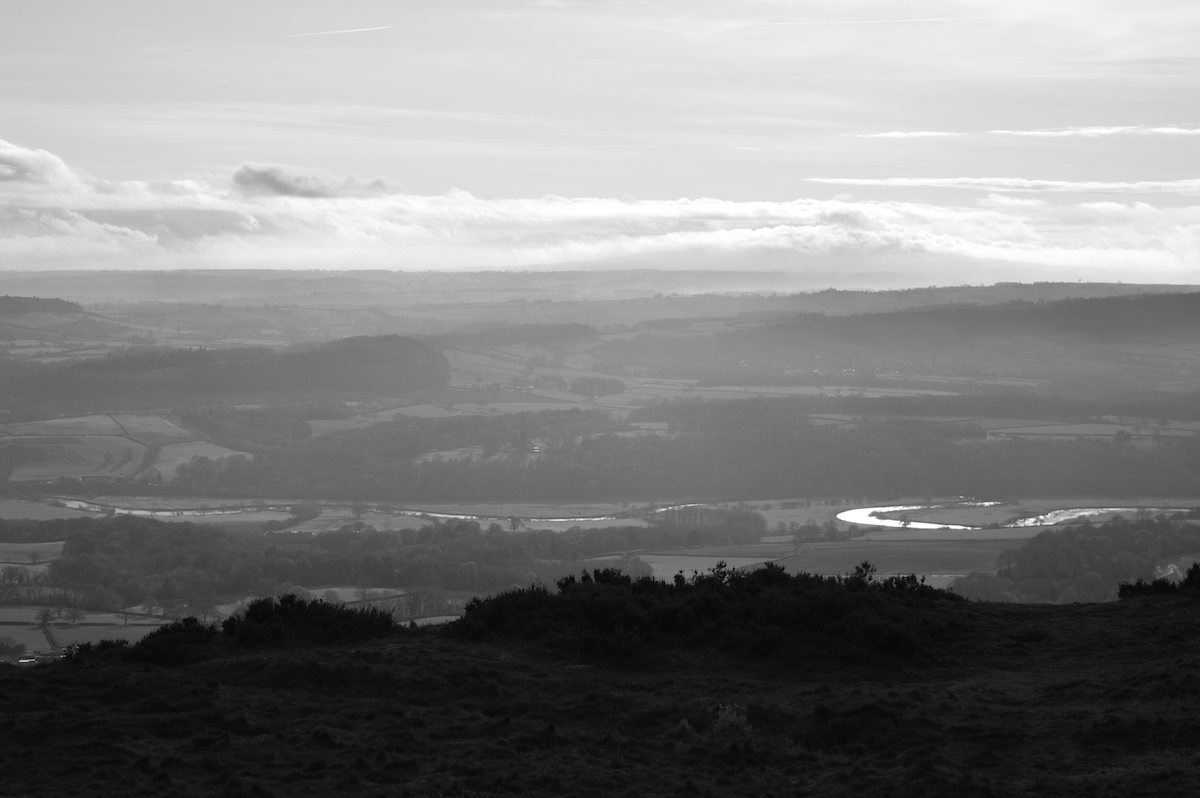Transcript of a talk given by Megan Henebury about her walking project, A Figure Walks, on November 24th 2020.
A Figure Walks: the Rea, and other rivers you can’t see, is an ongoing project applying my walking practice to a psychogeographical investigation of Birmingham's River Rea. The expected results are an essay, a short film, and an archive – together forming a body of work that will define my BA in Fine Art.
Over the summer, I was inspired by the thinking of Donna Haraway in her 2016 book, Staying With The Trouble: Making Kin in the Chthulucene. I’d been told she wrote about pigeons – this was enough to make me seek her out. But her ideas about a new ecology concerned with interspecies kinship, making space to acknowledge intimate relationships between more than just other human beings, led me to reflect more consciously on the way I communicate with other bodies, other things, how I feel for them, gather them, accumulate them.
My walking practice is a performance, but recording it is instinctive. I have filled pockets, taken photographs, made field notes and sketches. If I don’t, I can’t say with certainty that I’ve done anything at all. Stones, birds, fungi, litter, scum accumulated in polluted corners, moss, broken birdhouses, clouds of midges, used stericups, condom wrappers, bramble, snails: these are all soggy extensions of my own unclean presence in the river’s cut, and I need to acknowledge them. I anticipated a personal reaction to the walks, to the things I have met, but I falsely believed I would be in control. The reality is different.
At the beginning of October – bringing in autumn, my favourite season – piercing boggy soil in my wading boots and clearing pathways through gnarls of bramble was a joyful escape: the honeymoon period of a new relationship between me and this wet, secret place that was both a stranger and home. But here now, in late November, I’m only halfway through. I last stepped out of the Rea as it passes under Cartland Road at the edge of Stirchley. And now that my walk has brought me closer to those long, hostile culverts that hide the river beneath the industrial grind of the inner city, the truth is that I don’t really want to go back in.
I allow heavy rains to delay walks, feigning disappointment. I injured my back on the last walk and, wrapped up warm in the glow of tramadol, I felt relieved that this too would keep me out of the water a little longer. Lockdowns under other names have prevented friends from accompanying me, and my own chronically despondent way of being means I’m reluctant to push ahead.
Forward is not my natural state. I prefer to linger in familiar spaces, long after all light and life has passed through them. I realise, to my horror, that this plateau in the project is a garish analogy for every other relationship I’ve sabotaged via refusal to work, to change, to go Forward. It may be more comfortable to hang around old, familiar shadows, but they’re cold and long dead and have nothing new to tell me.
The Rea is a river you often can't see. It begins as a messy, chaotic network of puddles, streams and bogs before it approaches Longbridge and becomes remotely recognisable as a rivery thing. Those early streams are flowing somewhere – but on that first walk, I couldn't find them, or couldn't get into them, or lost patience entirely and retreated to footpaths. I can only imagine how the Rea must feel, having no other choice. So, following its lead, I cut other routes, make new mess, let the work change, listen to other bodies, and take different walks.
From the top of the Wrekin, the hill that keeps watch over much of the West Midlands, the sparkle of the River Severn a few miles south west catches my eye. It's the longest river on this island, and a source of our tap water. I watch the late autumn sunlight shatter over its snaking course – from this distance, it looks deceptively still. I realise I am still working after all. There is an old regional saying about going all around the Wrekin. It's a lovely, lyrical way to tell you, usually in exasperation – you are taking the long way around.
